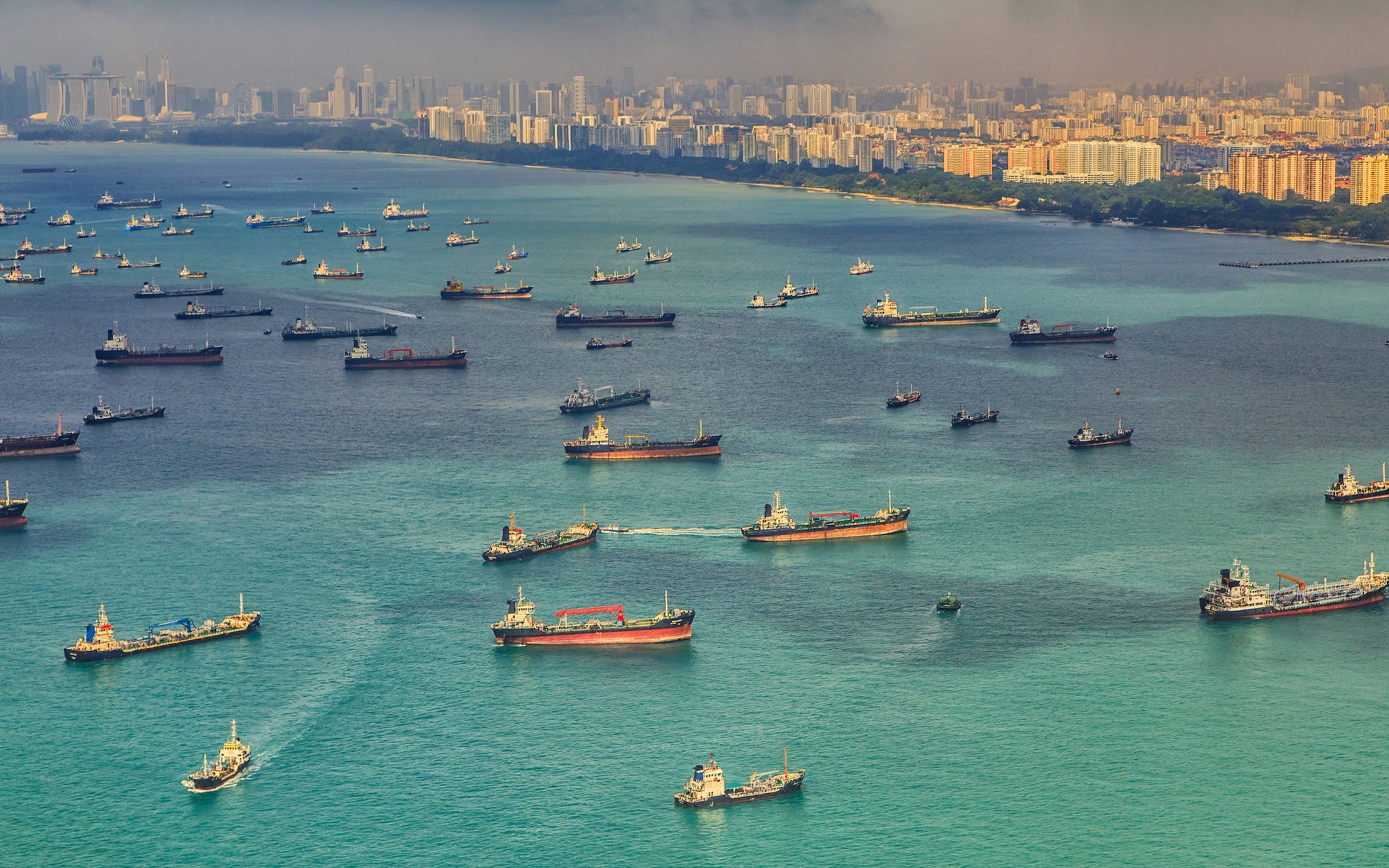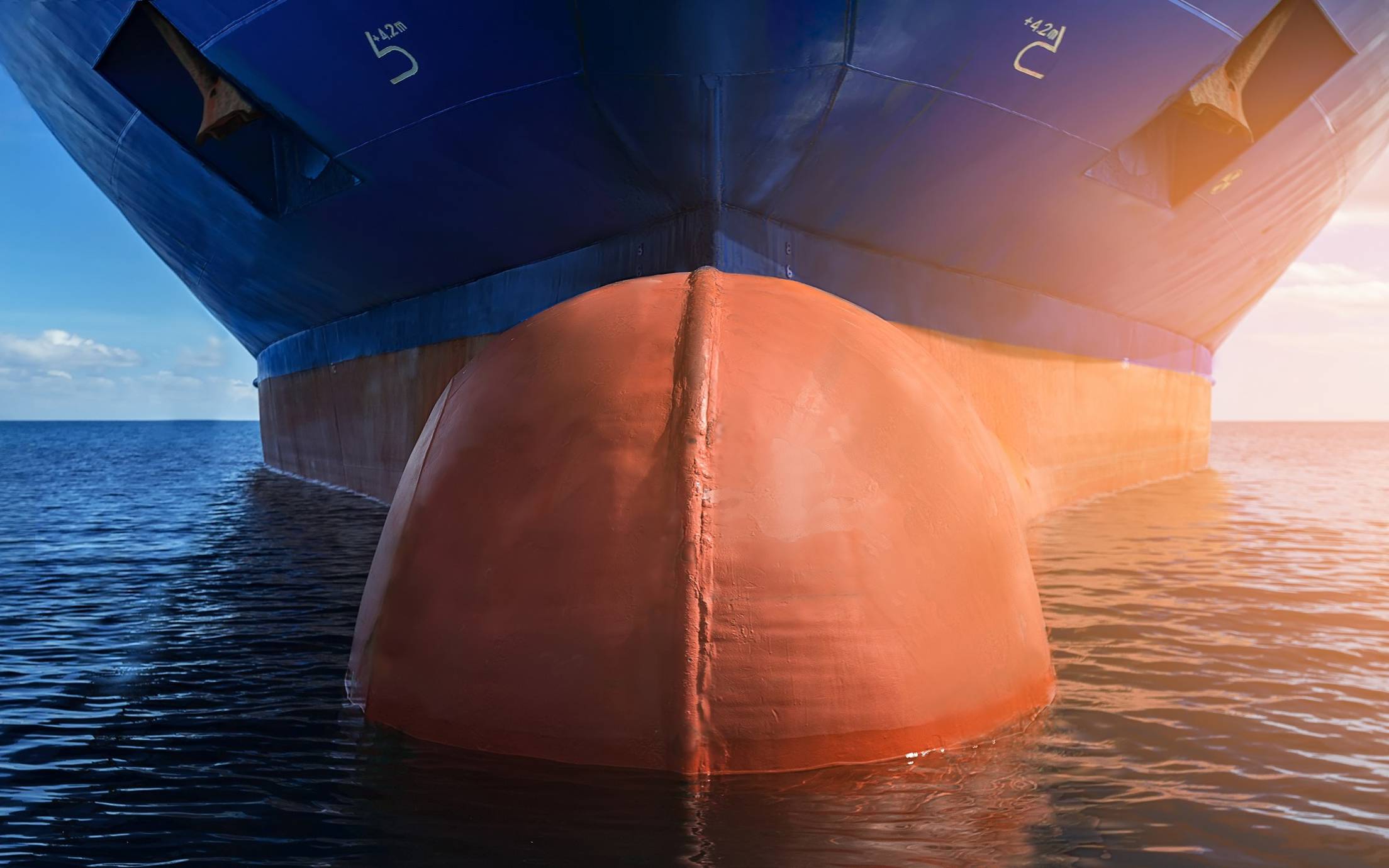
Challenging operations affect efficiency
Many vessels spend time in challenging and complex environments, or are deployed in difficult operational profiles, where hull fouling can have a marked impact on efficiency and raise fuel costs.

As well as complying with new regulations, shipowners are also finding that embracing ‘green’ issues can increase the attractiveness of their ships and services to customers keen to project their own environmental credentials as public awareness grows.
Two major, inter-linked, environmental challenges in the marine industry are reducing greenhouse gases (GHG) and preventing the transfer of invasive species through biofouling.
The drive to reduce GHG emissions has already prompted regulations such as the Energy Efficiency Design Index (EEDI), the EU Monitoring, Reporting and Verification of CO2 (EU MRV), and the IMO Data Collection System on fuel consumption (DCS). This year the International Maritime Organisation (IMO)’s MEPC adopted new measures that sees the EEDI requirements for the largest vessels made more stringent and brought forward by three years.
The data collecting measures are perceived by some as adding to bureaucracy but in the long run there is every reason to believe that the EU will eventually move to some form of levy on carbon emissions. On an international level, it seems only a matter of time before we see broader regulation of carbon emissions; In 2018 the IMO reached a landmark agreement on a 50% reduction in greenhouse gas emissions by 2050 compared to 2008.
Preventing species transfer is another IMO ambition and has been partially tackled by means of the 2004 Ballast Water Convention. However, it is accepted that the main vector for species transfer is biofouling of ships’ hulls and anchor chains.
The drive to reduce the harmful environmental effects of this means of species transfer has prompted the IMO to introduce Guidelines for the control and management of ships' biofouling to minimise the transfer of invasive aquatic species. These guidelines are intended to provide a globally consistent approach to the management of biofouling and for the time being are not yet mandatory unless by decree of flag states.
There is a high probability that the measures detailed in the guidelines will eventually become mandatory as the IMO launched the GloFouling programme in 2018. The establishment of the programme mirrors the process by which ballast treatment was managed at the IMO. Some states already have their own requirements relating to biofouling, notably New Zealand, where there have been some cases of ships being refused entry or expelled from ports because of heavy fouling.
The New Zealand model was introduced in 2018 and could well become an example of best practice adopted around the world. Nearby Australia has also completed a consultation exercise and plans to introduce similar measures. California is another place where biofouling regulations are already in force with local laws having been enacted in 2018.
Under the New Zealand laws, a vessel must file notice of arrival, and evidence of measures to manage and reduce hull fouling during previous stationary periods may be requested. Vessels can be ordered to leave territorial waters immediately where suspicion of harmful biofouling exists. This can be avoided by cleaning the hull within the 30 days before arrival or conducting treatment within 24 hours of arrival. Hull cleaning services can present their own environmental challenges if the process releases organisms and vegetation into the environment where it can attach to other vessels or structures in the vicinity.

Many vessels spend time in challenging and complex environments, or are deployed in difficult operational profiles, where hull fouling can have a marked impact on efficiency and raise fuel costs.

Most shipowners and operators accept that antifouling coatings and operational measures combine to affect efficiency and they will make choices mostly based on their own experience of different products.

Jotun Hull Skating Solutions constitute a groundbreaking approach to in-service hull performance. This is how it works.
A video is being shown
An image is being displayed
A brochure is being displayed